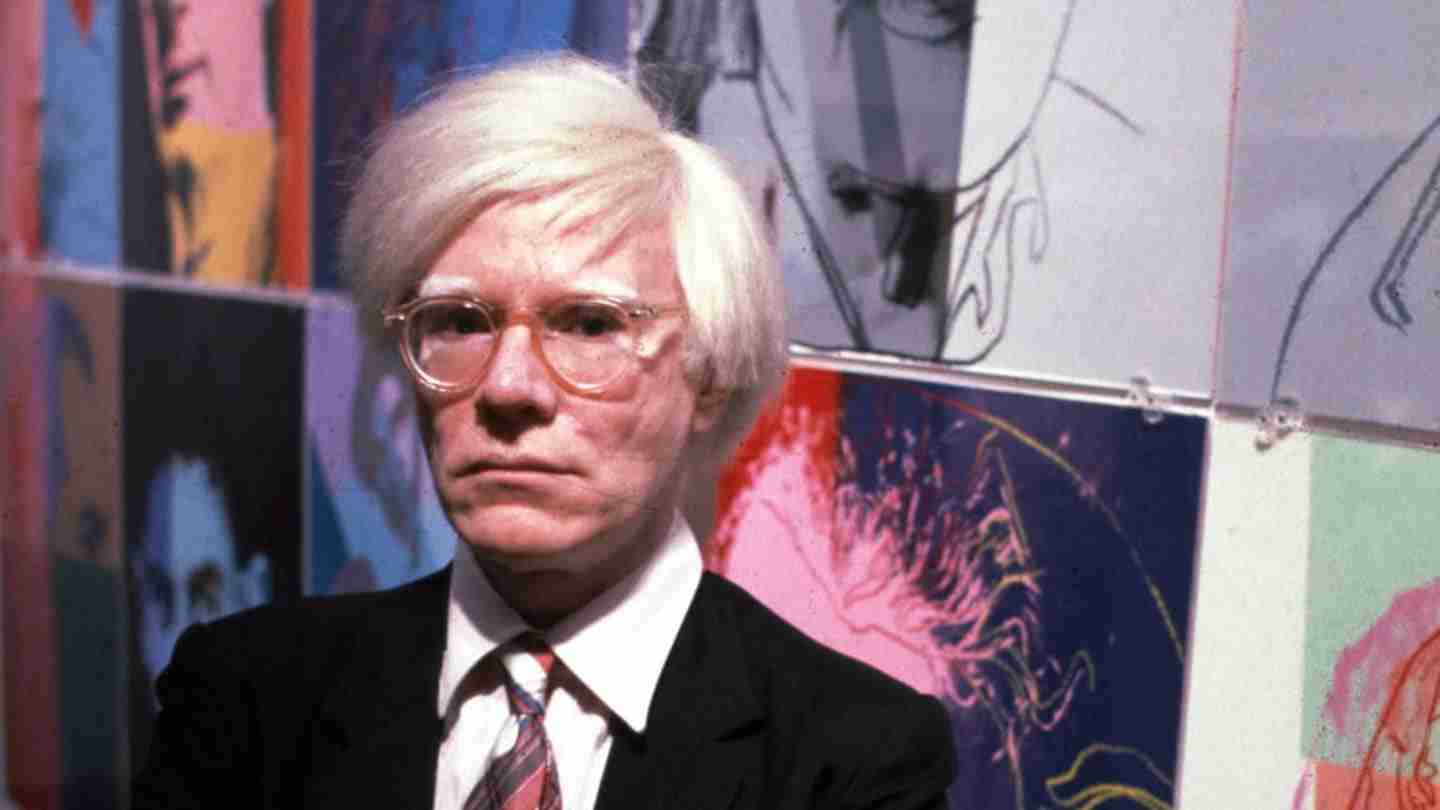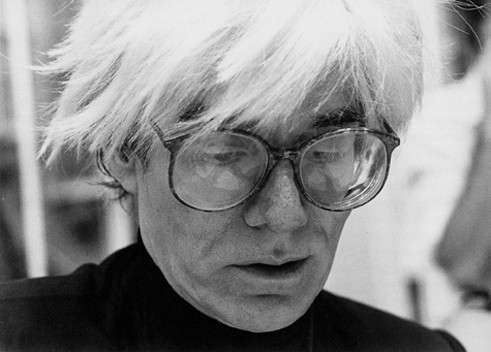Andy Warhol, the father of pop art, is a name that needs no introduction. His iconic works have graced the walls of galleries and museums all over the world, and his influence on contemporary art and culture cannot be denied. From his signature Campbell’s soup cans to his colorful portraits of celebrities, Andy Warhol has left an indelible mark on the world of art.
Born Andrew Warhola in Pittsburgh, Pennsylvania in 1928, he later dropped the ‘a’ from his last name and became known as Andy Warhol. He showed an early talent for drawing and painting, and after graduating from high school, he pursued his passion for art by studying at the Carnegie Institute of Technology (now Carnegie Mellon University). Warhol began his career as a commercial artist in New York City, where he quickly gained recognition for his unique style.
As he rose to fame in the 1960s, Andy Warhol became synonymous with the pop art movement, which challenged traditional concepts of art and aimed to blur the lines between high and low culture. With his bold use of color, repetition, and appropriation of popular images, Warhol became a pioneer in the field of modern art. In this article, we will delve into the life and legacy of Andy Warhol, exploring his major works, his impact on the art world, and his enduring cultural relevance.
Early Years and Influences

Childhood and Upbringing
Andy Warhol was born to Slovakian immigrant parents, Andrej and Julia Warhola, who instilled in him a strong work ethic and a love for art. Growing up in a working-class family, Warhol often spent time with his mother, who nurtured his artistic talents and encouraged him to pursue a career in the arts. His interest in drawing and painting was evident from a young age, and he spent much of his childhood creating illustrations for his mother’s cookbooks.
Education and Early Career
After graduating from high school, Warhol attended the Carnegie Institute of Technology, where he studied commercial art and graphic design. During this time, he also worked as a freelance commercial artist, creating advertisements and window displays for various clients. His early career was heavily influenced by his training in commercial art, and it laid the foundation for his later work in pop art.
Warhol moved to New York City in 1949, where he continued working in advertising while also pursuing his own artistic projects. He quickly became a sought-after illustrator, with clients including major magazines like Vogue and Harper’s Bazaar. His work in the advertising industry allowed him to experiment with different styles and techniques, and he soon developed his signature style of using bold colors and repetition.
Rise to Fame and Pop Art Movement

Campbell’s Soup Cans and Marilyn Monroe
In 1961, Warhol began producing his iconic series of Campbell’s soup can paintings, which would become one of his most famous works. The idea behind these paintings was to elevate everyday objects and mass-produced goods to the level of fine art. Warhol was fascinated by consumer culture and believed that popular images were just as worthy of being represented in art as traditional subjects like landscapes or portraits.
The following year, Warhol created his first portrait of Marilyn Monroe, the Hollywood icon who had recently passed away. This series of paintings, known as the “Marilyn Diptych,” depicted multiple images of Monroe in different colors, emphasizing her status as a cultural icon. These works marked the beginning of Warhol’s exploration of celebrity culture, a theme that would dominate much of his later work.
The Factory and Studio 54
Warhol’s fame continued to grow throughout the 1960s, and he became a central figure in the art scene in New York City. He opened a studio called “The Factory,” which became a hub for artists, musicians, actors, and other creative individuals. The Factory was not only a place for Warhol to work on his art, but it also served as a social gathering place for the avant-garde crowd.
Warhol’s influence extended beyond the art world and into popular culture as well. In the 1970s, he became a regular at Studio 54, the iconic nightclub known for its wild parties and celebrity clientele. His presence at the club brought attention to his work and solidified his status as a cultural icon.
Major Works and Techniques

Silk-Screening and Repetition
One of Warhol’s most well-known techniques was silk-screening, which he used to create multiple versions of the same image. This technique allowed him to produce works with identical colors and patterns, giving them a mechanical and mass-produced feel. Warhol often used this method to create his series of celebrity portraits, such as Elvis Presley, Jacqueline Kennedy Onassis, and Mao Zedong.
Exploring Consumer Culture
Warhol’s fascination with consumer culture was evident in many of his works, including his Campbell’s soup can paintings. He also incorporated images from popular magazines, advertisements, and newspapers into his pieces, blurring the lines between high and low art. By elevating these everyday objects and images to the realm of fine art, Warhol challenged traditional notions of what could be considered art.
Exploring Controversial Themes
Warhol’s work was not without controversy, as he often explored themes that were considered taboo at the time. One example is his “Death and Disaster” series, which featured graphic images of car crashes, electric chairs, and suicide. These works shocked and intrigued audiences, and they continue to spark discussion and debate to this day.
Legacy and Cultural Impact
Influence on Contemporary Art
Andy Warhol’s influence on contemporary art cannot be overstated. His innovative techniques, bold use of color, and exploration of popular culture have inspired countless artists and continue to shape the art world today. Many contemporary artists pay homage to Warhol through their works, which often reference his signature style and themes.
Impact on Celebrity Culture
Warhol’s fascination with celebrity culture has also had a lasting impact on society. His portraits of famous figures elevated them to the status of icons, and his work became synonymous with the concept of fame and celebrity. In today’s social media-driven world, where anyone can become a “celebrity,” Warhol’s exploration of this theme remains relevant and thought-provoking.
Influence on Advertising and Branding
The influence of Andy Warhol’s commercial art background is evident in his work, which often incorporated elements of advertising and branding. Today, his use of repetition and bold colors can be seen in many advertising campaigns, and his influence on the world of marketing and branding continues to be felt.
The Andy Warhol Museum
In 1994, the Andy Warhol Museum opened in Pittsburgh, Pennsylvania, near the artist’s childhood home. It is the largest museum dedicated to a single artist in North America, and it houses an extensive collection of Warhol’s works, including paintings, prints, photographs, films, and sculptures. The museum also hosts temporary exhibitions featuring other artists who have been influenced by Warhol.
Awards and Honors
Throughout his career, Andy Warhol received numerous awards and honors for his contributions to the art world. In 1987, he was awarded the National Medal of Arts by President Ronald Reagan, and in 1995, he was posthumously inducted into the American Academy of Arts and Letters. Today, he is widely recognized as one of the most influential and iconic artists of the 20th century.
Andy Warhol’s impact on art and culture cannot be overstated. His innovative techniques, bold use of color, and exploration of popular culture have inspired generations of artists and continue to be studied and celebrated today. From his early years as a commercial artist to his rise to fame as the father of pop art, Warhol’s legacy will forever be intertwined with the world of contemporary art. As he famously said, “In the future, everyone will be famous for 15 minutes.” For Andy Warhol, that statement couldn’t have been more accurate.



